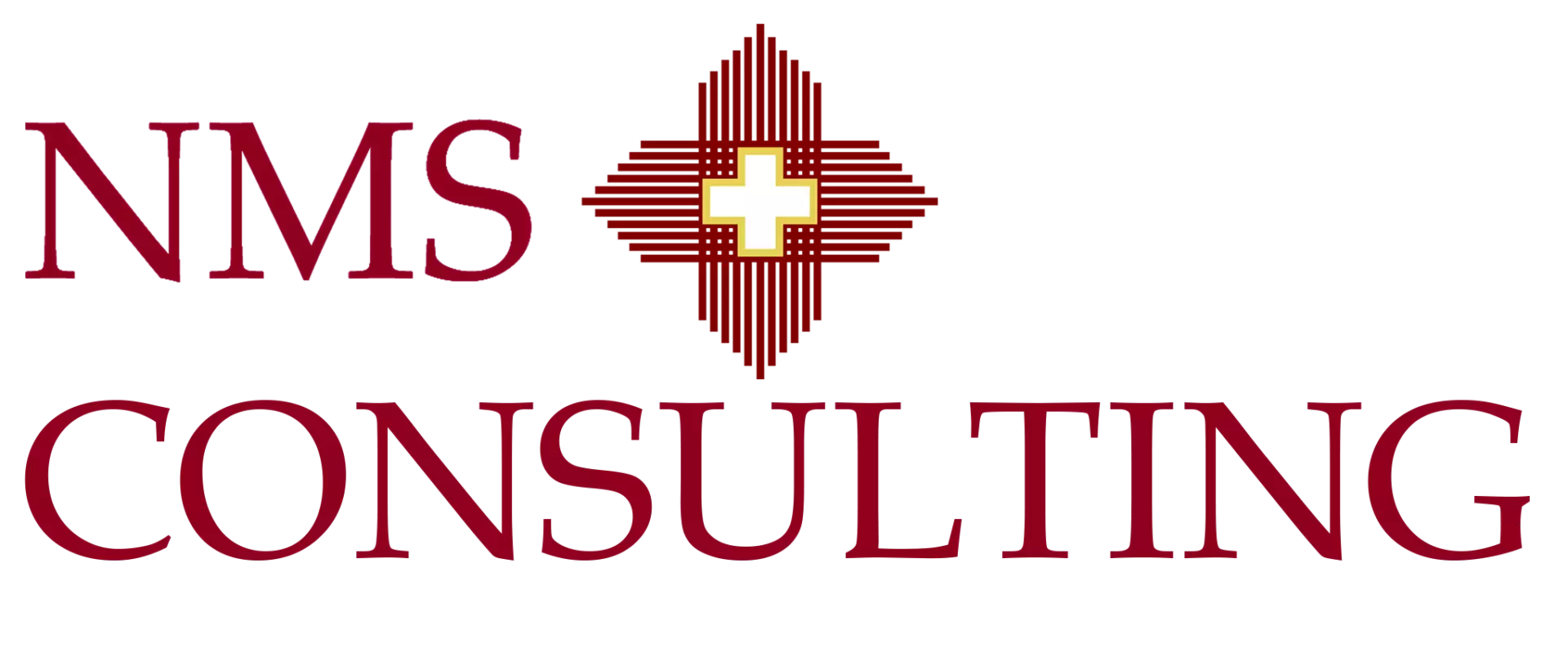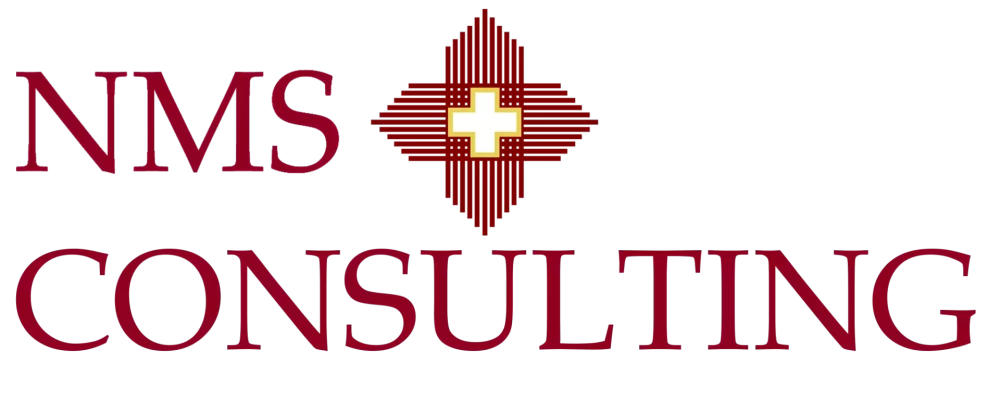In this comprehensive guide, we explore the intricacies of Post-Merger Integration and how to ensure successful mergers. Learn the strategies, challenges, and best practices to navigate this crucial phase and maximize the potential of your combined business.
Introduction
Mergers and acquisitions have become integral to the modern business landscape, offering companies unique opportunities for growth, diversification, and enhanced competitiveness. However, the process of merging two separate entities into a cohesive and prosperous whole is not without its challenges. Post-Merger Integration (PMI) is the critical phase where the success of the merger truly takes shape.
In this article, we delve into the world of Post-Merger Integration, covering everything from its importance, strategies, common challenges, and best practices to ensure a seamless transition. Whether you’re a seasoned business leader or an aspiring entrepreneur, understanding the intricacies of PMI will be invaluable in maximizing the benefits of a merger and setting your organization on a path to success.
What is Post-Merger Integration?
Post-Merger Integration (PMI) refers to the process of combining two or more companies after a merger or acquisition. It involves aligning business functions, systems, cultures, and processes to create a unified entity that can operate efficiently and effectively. PMI plays a pivotal role in realizing the strategic objectives of the merger and extracting synergistic benefits.
The Importance of Post-Merger Integration
The success or failure of a merger hinges on how well the Post-Merger Integration process is executed. Properly managed PMI can result in numerous advantages, such as:
-
Synergy Realization: PMI allows the combined entity to leverage the strengths of each organization, leading to improved operational efficiencies, reduced costs, and increased revenue potential.
-
Cultural Alignment: One of the most critical aspects of PMI is aligning the cultures of the merging entities. A harmonious and integrated culture fosters collaboration, loyalty, and employee satisfaction.
-
Market Dominance: Successful PMI can create a stronger and more competitive entity with a larger market share, enhancing its position in the industry.
-
Enhanced Innovation: Combining the talents, expertise, and resources of both organizations often leads to a more innovative and forward-thinking company.
-
Risk Mitigation: Efficient PMI can help mitigate potential risks and challenges that arise during the integration process.
Strategies for Successful Post-Merger Integration
To ensure a successful Post-Merger Integration, businesses should adopt well-thought-out strategies that address key areas of concern. Some effective strategies include:
1. Develop a Comprehensive Integration Plan
A well-defined integration plan acts as a roadmap for the entire PMI process. It should outline the objectives, timelines, and responsibilities of each team involved, ensuring everyone is on the same page.
2. Communication and Transparency
Open and transparent communication is vital throughout the PMI process. Keeping all stakeholders informed fosters trust and minimizes uncertainty among employees, customers, and investors.
3. Cultural Integration
Integrating disparate company cultures requires sensitivity and understanding. Leaders should work to create a shared vision and values that resonate with employees from both organizations.
4. Talent Management and Retention
Identifying and retaining key talent is crucial during PMI. A talent management strategy should be in place to recognize and reward top performers from both companies.
5. Harmonizing Systems and Processes
Standardizing systems, processes, and technologies streamlines operations and improves efficiency. It also enables the seamless sharing of information across the merged entity.
6. Customer-Centric Approach
Throughout the PMI process, businesses should prioritize maintaining excellent customer service and experiences to retain customer loyalty.
7. Integration of Supply Chains
Ensuring the smooth integration of supply chains is essential to prevent disruptions and maintain product/service delivery.
Challenges in Post-Merger Integration
While the benefits of successful PMI are significant, the path to achieving it is laden with challenges. Some common obstacles include:
1. Cultural Clash
Differing corporate cultures can lead to conflicts, resistance to change, and decreased productivity. Managing these differences is essential to maintaining a cohesive organization.
2. Employee Uncertainty and Morale
During the integration process, employees may experience uncertainty about their roles and job security. This can lead to decreased morale and productivity.
3. Regulatory and Compliance Issues
Navigating complex legal and regulatory requirements in different jurisdictions can be a significant challenge during PMI.
4. Information Technology Integration
Merging IT systems can be complex and time-consuming. Ensuring seamless integration is vital to avoid disruptions to operations.
5. Customer Retention
Customers may be apprehensive about the merger’s impact on products or services. Maintaining their trust is crucial for long-term success.
6. Financial and Operational Misalignment
Differences in financial reporting, budgeting, and operational processes can create inefficiencies and hinder the combined entity’s performance.
Best Practices for Effective Post-Merger Integration
To overcome the challenges and achieve a successful PMI, businesses can adopt several best practices:
1. Start Integration Planning Early
Begin the integration planning process as soon as possible, ideally during the due diligence phase. Early planning allows for a smoother transition after the merger.
2. Assemble a Competent Integration Team
Assign a team of skilled individuals responsible for overseeing the entire integration process. This team should include representatives from both companies and cover all functional areas.
3. Focus on Employee Engagement
Engaged employees are more likely to embrace change positively. Encourage open dialogue, address concerns, and provide support during the transition.
4. Prioritize Customer Needs
Keep customer satisfaction at the forefront by ensuring continued excellent service and clear communication about any changes.
5. Monitor Progress and Adjust Accordingly
Regularly assess the integration’s progress and be prepared to adjust strategies and plans as needed.
6. Celebrate Milestones and Achievements
Recognize and celebrate key milestones and achievements throughout the PMI process to boost morale and maintain a positive atmosphere.
FAQs
Q: What is the main purpose of Post-Merger Integration?
A: The main purpose of Post-Merger Integration is to align and integrate the merging entities’ operations, systems, and cultures to create a unified and successful organization.
Q: How can companies ensure a successful PMI?
A: Companies can ensure a successful PMI by developing a comprehensive integration plan, fostering open communication, prioritizing cultural integration, retaining key talent, and harmonizing systems and processes.
Q: What are the common challenges in Post-Merger Integration?
A: Common challenges in PMI include cultural clash, employee uncertainty, regulatory and compliance issues, IT integration, customer retention, and financial and operational misalignment.
Q: Why is cultural alignment crucial in PMI?
A: Cultural alignment is crucial in PMI because it promotes collaboration, employee satisfaction, and a cohesive working environment, ultimately leading to the merger’s success.
Q: When should integration planning begin for a merger?
A: Integration planning should begin as early as possible, ideally during the due diligence phase, to ensure a smooth and efficient transition.
Q: How important is customer-centricity during PMI?
A: Customer-centricity is essential during PMI as it helps maintain customer loyalty and satisfaction, ensuring continued success for the merged entity.
Conclusion
Post-Merger Integration is a critical phase that can make or break the success of a merger. By understanding its importance, adopting effective strategies, and overcoming challenges, businesses can navigate this complex process with confidence and maximize the benefits of a combined entity. Prioritizing cultural alignment, employee engagement, and customer satisfaction will pave the way for a prosperous future.
As you embark on your journey towards a successful merger, remember that thorough planning, clear communication, and a customer-centric approach are the keys to a seamless Post-Merger Integration. Embrace the opportunities that PMI offers and set your organization on a path to greatness.
“NMS Consulting is a global management consulting and strategic advisory firm that specializes in delivering services to a global client base of private and public companies, government agencies, philanthropic organizations and the individuals who lead them.
NMS Consulting provides its clients the experience of working with a “big firm consultancy” without the higher premium. We supply customized solutions based on our experience and capabilities, and provide flexibility on mandate size and pricing.
With a global footprint of seventeen offices located through the United States, Asia, Europe and the Middle East staffed with more than 250 seasoned professionals, our management consulting clients benefit from a combination of our diverse skills, expertise and global presence. We offer a unique multi-disciplinary 360⁰ solutions platform customized to your business and needs.”
Please visit the firm link to site




